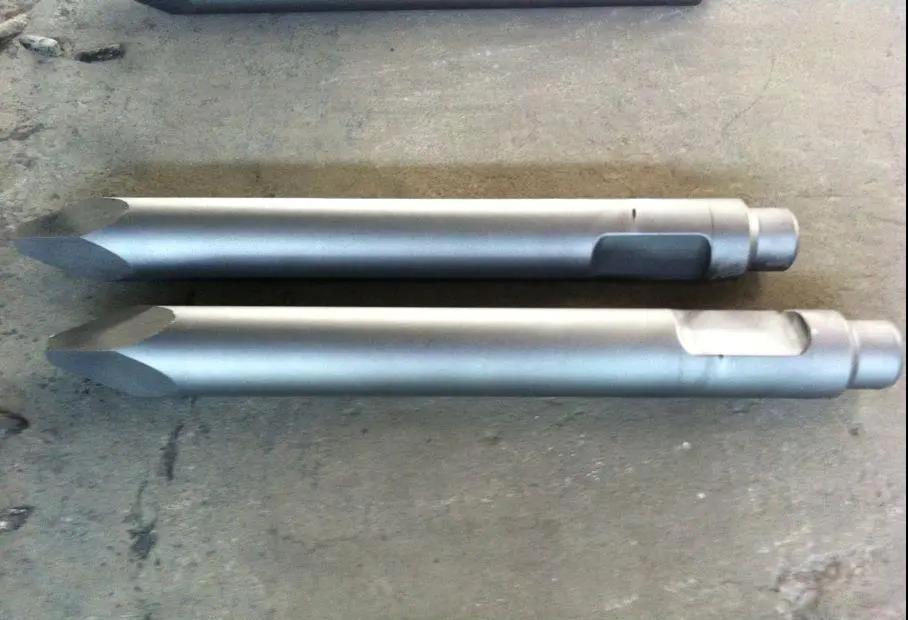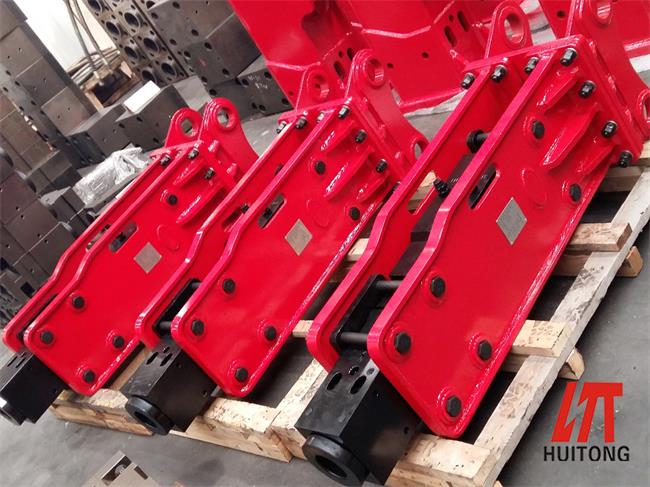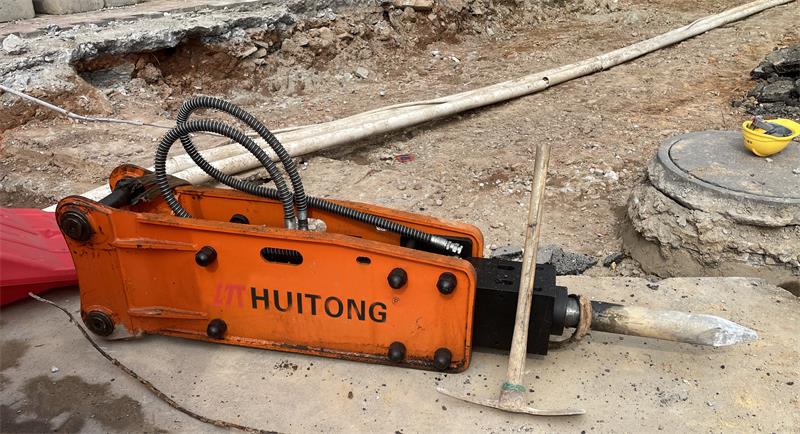 HuiTong
HuiTong  2025-06-13
2025-06-13
The use of breakers faces a more complex working environment and relatively high working pressure, and its loss is inevitable. However, once the quality of the machine itself is not up to standard or care is not taken to maintain it during use, it will inevitably increase the loss of accessories and affect the overall work efficiency. Let's take a look at several common broken hammer chisel diameter damage phenomena shared by breaker manufacturers.

1. Fracture phenomenon:
When the strength of the raw material is insufficient, cracks will occur after heat treatment, and the hazard of such cracks will be immediately realized when the drill rod is used.
There are defects inside the broken hammer chisel diameter material, and the vacuum degassing effect during the steelmaking process is not ideal, resulting in the generation of bubbles in the material. This material will crack along the gas point after heat treatment, and it is easy to break when the drill pipe is used, and the fracture is also cut. The drill pipe breaks from the flat sheath due to impurities in the raw material, which may produce tiny cracks on the surface of the drill pipe that are imperceptible to the naked eye.

2. When there are particulate impurities in the broken hammer chisel diameter , the small particle impurities in the hammer will appear between the piston and the top of the drill pipe, resulting in small fracture cracks on the top of the drill pipe.
This phenomenon did not happen all at once or in a short period of time. The user should always pay attention to the operation situation to prevent the situation from getting worse and not to bring unnecessary damage to the breaker. Problems can be prevented if they are detected in advance. For broken hammer chisel diameter quality problems, the breaker manufacturer recommends that the user report to the equipment manufacturer in time and replace the faulty parts in time.

3. Collapse phenomenon: when the hammer is empty, the piston transmits the impact force to the broken hammer chisel diameter , and the drill pipe transmits the impact force to the drill pipe pin. Drill pipe pins are easily broken under strong impact force.
When the drill rod pin is impacted, the impact force is distributed to the cross pin of the drill rod pin. At this time, the cross pin of the drill rod will push the inner hole of the cross pin of the drill rod, causing the bouncing block on the edge of the inner hole to crack.